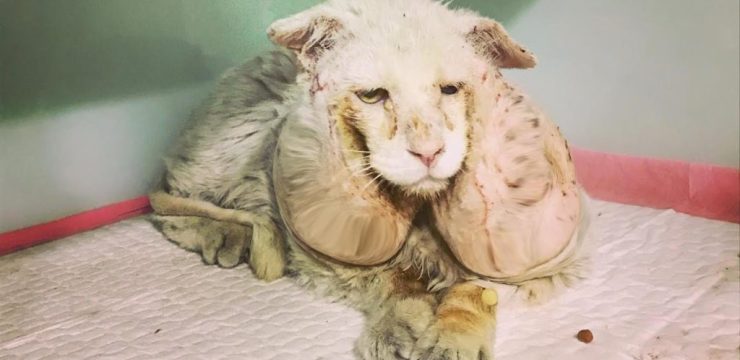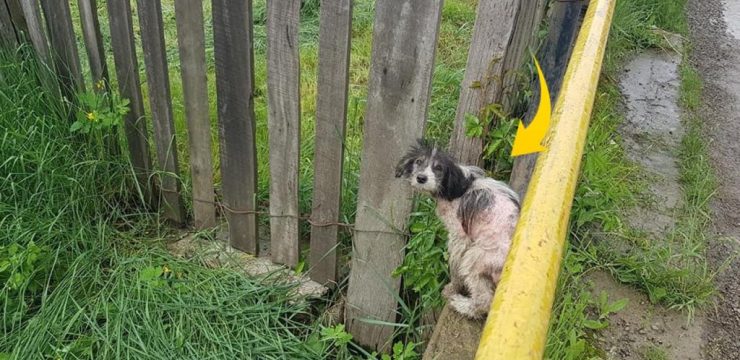Our skin, constantly exposed to the elements, faces a range of conditions. While some issues require medical intervention, not every bump on the skin is a cause for concern. One common type of tiny, white bump you might notice on your face is called milia. Though harmless, milia can be a bit frustrating for those who want smooth, even skin. Here’s everything you need to know about these little bumps and why you shouldn’t rush to remove them yourself.

What Are Milia?
Milia, or milium cysts, are small white bumps that form when keratin—an essential protein in hair, skin, and nails—gets trapped under the skin’s surface. Milia are especially common in newborns, affecting around half of all infants due to their skin’s natural adjustment to exfoliating. However, these bumps can appear in people of any age and can result from a variety of causes, including skin injuries or burns. Milia typically appear on the face—particularly on the nose, cheeks, and chin—but can also form on other body parts.
Types of Milia
There are several types of milia, and each type varies by age or underlying cause:
- Neonatal Milia
This type of milia occurs in infants and generally clears up within a few weeks. Common areas affected are the face, scalp, and upper torso. Approximately 40% of newborns develop neonatal milia, which usually resolves on its own. - Juvenile Milia
In rare cases, certain genetic disorders, like Nevoid basal cell carcinoma syndrome or Gardner’s syndrome, can lead to juvenile milia. These genetic factors may cause milia to appear early in life and often persist without intervention. - Milia en Plaque
Often associated with autoimmune or genetic skin conditions, such as discoid lupus or lichen planus, milia en plaque typically forms on the eyelids, ears, cheeks, or jaw. It is most commonly seen in middle-aged women but can occur at any age in either gender. - Primary Milia
Primary milia appear in older children and adults. These cysts typically form around the eyelids, forehead, or genital area and may persist for weeks to months before naturally fading. - Traumatic Milia
Following a skin injury, such as a burn or rash, milia can develop in the affected area. These bumps may become slightly irritated, displaying redness around the edges with a white center.
Diagnosing Milia
Milia are usually diagnosed based on their appearance. Dermatologists can identify milia by sight alone, so a biopsy is rarely necessary. If you notice white bumps on your skin and suspect they might be milia, consult with a dermatologist to confirm the diagnosis and discuss any treatment options if desired.
Milia Treatment and Removal
In most cases, milia in infants and adults go away on their own and do not require treatment. However, if the bumps are bothersome or persist, there are some treatment options:
- Cryotherapy: This method involves freezing the milia with liquid nitrogen, effectively removing them.
- Deroofing: Using a sterile needle, a dermatologist can extract the contents of the cyst. This technique is often used for stubborn milia.
- Topical Retinoids: Retinoid creams contain vitamin A, which helps exfoliate the skin and can prevent or treat milia.
- Chemical Peels: A chemical peel removes the outermost skin layer, promoting new skin growth.
- Laser Ablation: This method uses a targeted laser to remove milia.
- Diathermy: Extreme heat is applied to destroy the cysts.
- Curettage and Cautery: This surgical technique involves scraping away the cysts, followed by cauterization to prevent infection.
Attempting to remove milia at home is not recommended, as improper techniques can lead to infection or scarring. A dermatologist is the safest option for milia removal if needed.
Preventing Milia
Though milia are harmless, their appearance can be bothersome. By following some simple skincare practices, you can reduce your likelihood of developing these tiny bumps.
- Use Sunscreen
Since sun damage can contribute to milia, wearing sunscreen regularly can protect your skin and help prevent milia formation. - Avoid Heavy Skincare Products
Products that are too heavy for your skin, including thick creams, ointments, and makeup, can clog pores and increase the chance of milia. Opt for lightweight products and avoid heavy coatings on the skin. - Exfoliate Regularly
Exfoliating regularly can keep your pores clear, allowing dead skin cells to shed naturally. For adults, exfoliation is key in preventing keratin from becoming trapped beneath the skin. However, exfoliation should be done gently to avoid irritation.
Aesthetic Concerns with Milia
While milia might be a bit of an aesthetic annoyance, they are ultimately harmless and pose no health risk. Unless they cause discomfort, treatment isn’t necessary. However, if you find them bothersome, a dermatologist can help guide you through safe treatment options.
Milia remind us of the importance of a consistent skincare routine focused on gentle cleansing and protection. If you ever feel unsure about the bumps on your skin, it’s best to consult a medical professional to confirm the diagnosis and receive expert advice on care.
In conclusion, while milia may be harmless, taking simple preventive measures can help keep your skin clear and healthy. If you choose to treat them, always consult with a dermatologist to avoid potential skin damage.





